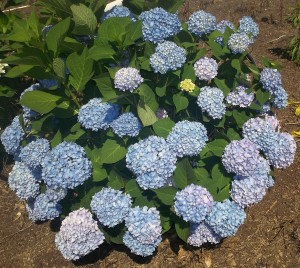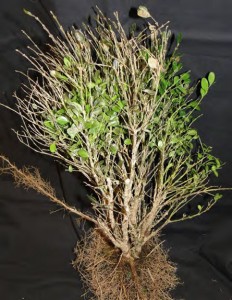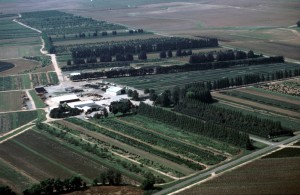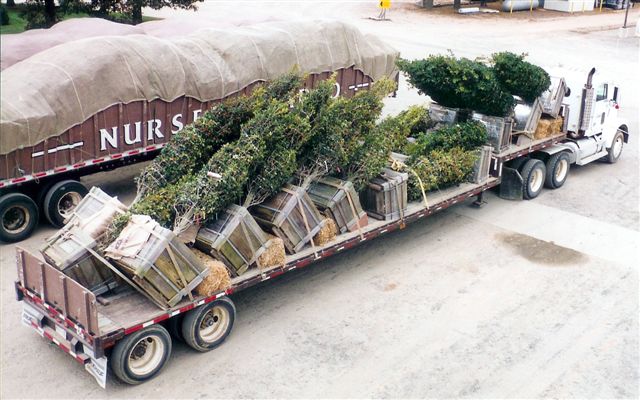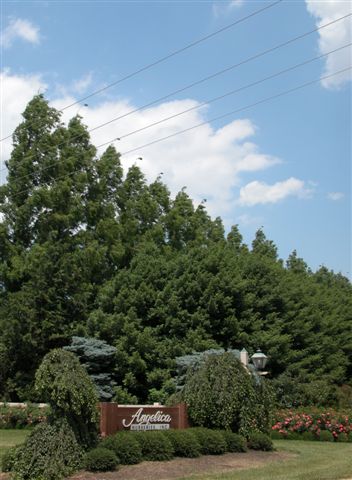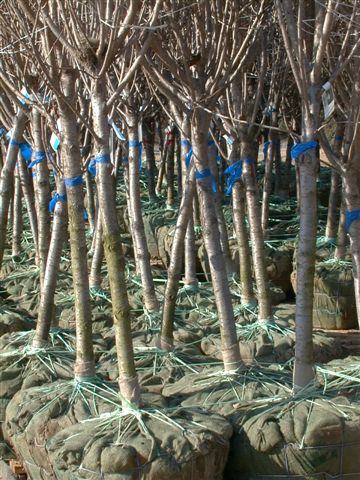 Handling Suggestions for Summer Dug Plant Material
Handling Suggestions for Summer Dug Plant Material
Angelica Nurseries has one of the most successful summer digging programs in the industry. As a result of our root pruning and transplanting procedures, our B & B varieties develop a concentrated root mass. This root mass combined with our special hardening off procedures are your best guarantee of plant survival, especially during the hot summer months. However, all summer digging is at the customer’s own risk and special charges may apply.
To further ensure your success with summer dug material, we make the following recommendations:
■ Plant material needs to be untied and spaced immediately so plants do not touch
■ Plants must be protected from heat and drying wind
■ Overhead mist to cool foliage throughout the hottest part of the day
■ Mist to keep soil at a constant state of moisture
■ Shade from direct sunlight to protect new growth
■ For some varieties, pre-treatment with a bio-stimulant may be recommended
The above procedures serve as a guideline only. Angelica does not give nor imply in any way any warranty as to the future life of stock. Please contact our Customer Service Department with any summer inquiries or to discuss current digging conditions.

